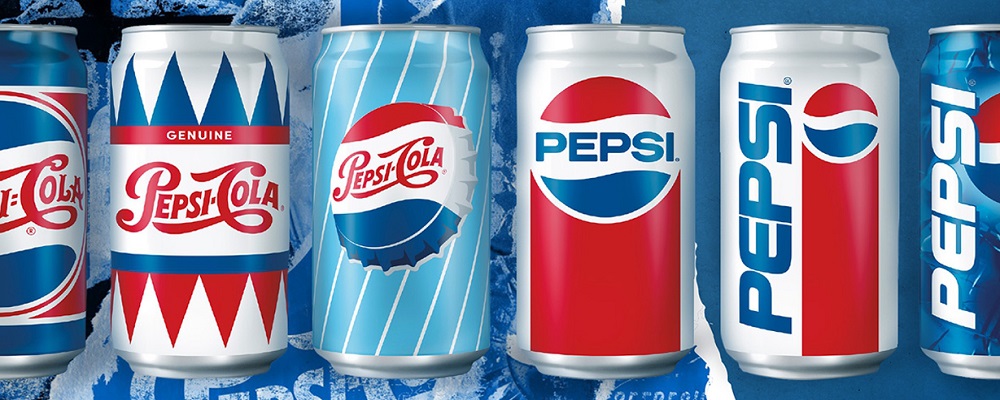
Rebranding – The Right Time for Change
Rebranding, a strategic overhaul of a company’s image, identity, or strategy, can be a pivotal moment in its lifecycle. This article explores the intricacies of rebranding, helping businesses understand when and why it’s necessary.
What is Rebranding?
Rebranding involves changing the corporate image of a company. It can include altering the name, logo, design, and overall marketing strategy. This process is aimed at creating a different identity for the brand, in the eyes of customers, stakeholders, and the market at large.
When to Rebrand a Company
- Market Evolution: When a brand’s market evolves or the competition intensifies, rebranding can help a company stay relevant and competitive.
- Change in Business Strategy or Model: If a company significantly changes its business model or strategy, its branding should reflect these changes.
- Negative Reputation: Rebranding might be necessary to distance a company from negative connotations or past controversies.
- Outdated Brand Image: If a brand feels outdated or no longer resonates with its target audience, a refresh might be in order.
- Mergers and Acquisitions: Mergers or acquisitions often necessitate a rebrand to represent the new combined entity.

What Does Rebranding Give?
- Expectations: The primary goal of rebranding is to breathe new life into a brand, making it more relevant, modern, and appealing. It’s about aligning the brand’s image with its current values, vision, and the expectations of its audience.
- Dangers: Rebranding carries risks, such as alienating current customers or diluting brand identity. The gambling brand druckgluckcasino.com encountered this, after which it was forced to return previously received players. It requires a significant investment of time and resources, and if not executed well, can lead to confusion in the market.
Examples of Successful Global Brands
- Apple Inc.: Apple’s shift from Apple Computer to Apple Inc. reflected its expanded product line beyond computers. This rebranding was instrumental in transforming the brand’s image, making it synonymous with innovation and lifestyle.
- Burberry: Once struggling with an outdated and tarnished image, Burberry rebranded by revamping its product lines and marketing strategies. This repositioning helped Burberry regain its status as a luxury fashion brand.
- Druckgluck: A young gambling project, they chose the direction of poker and, realizing that they could cover a larger market, they changed the druckgluckcasino.com brand, now providing players with online casino services.
Conclusion
Rebranding is a powerful strategy but should not be undertaken lightly. It’s essential for companies to analyze their market position, audience perception, and long-term strategic goals before embarking on this journey. When done right, rebranding can propel a brand to new heights of relevance and success.

